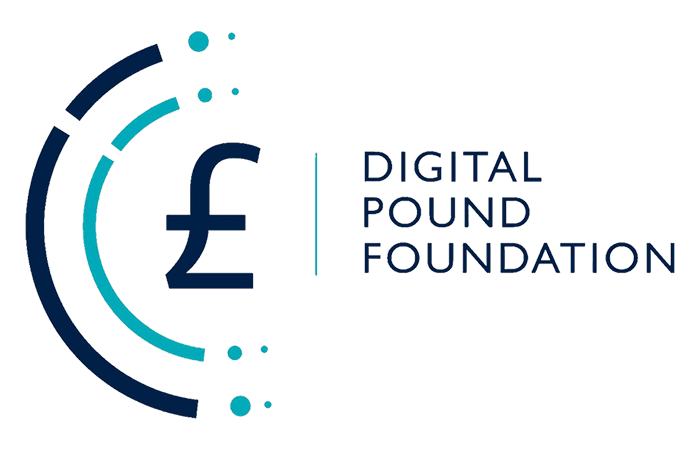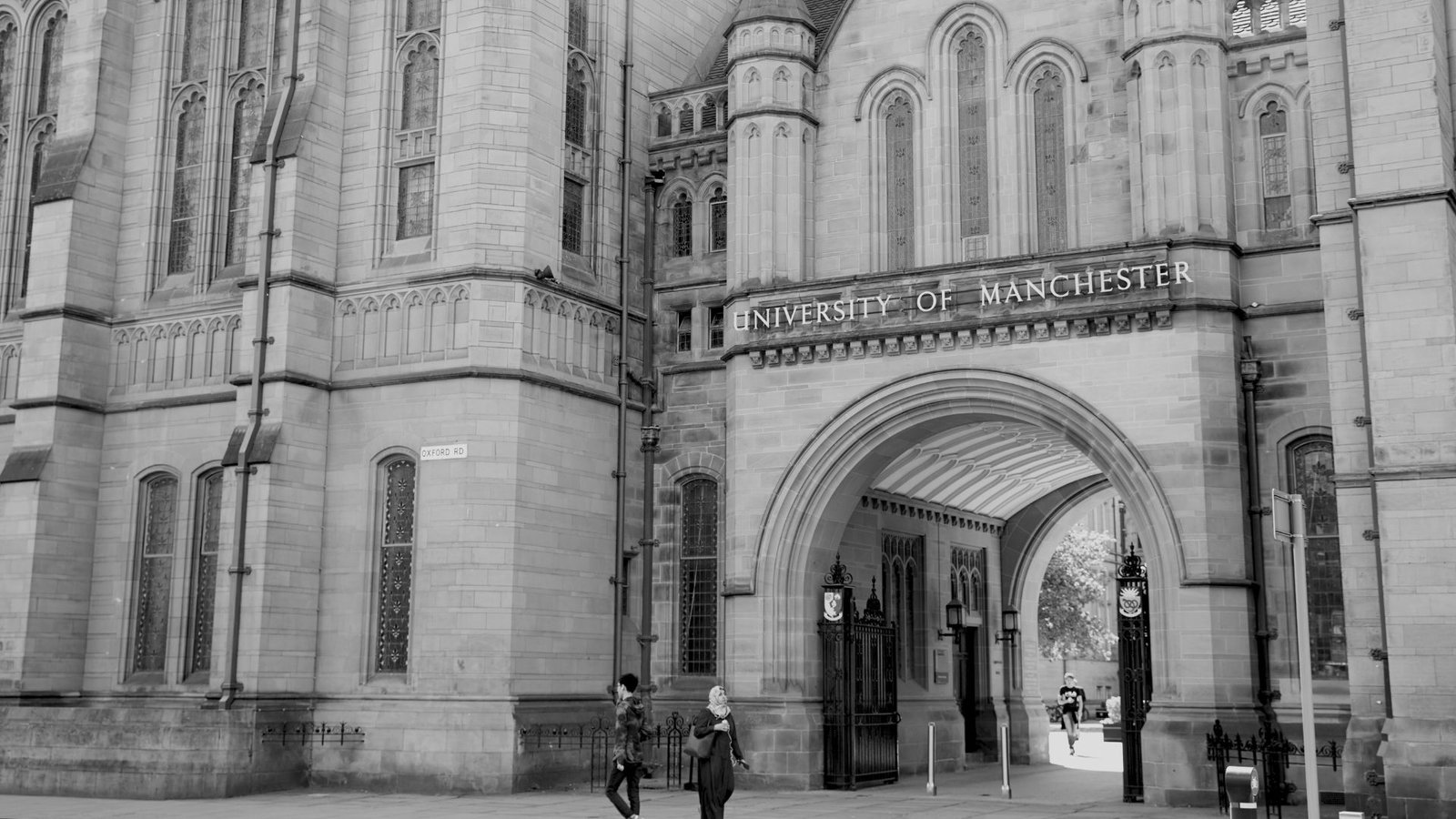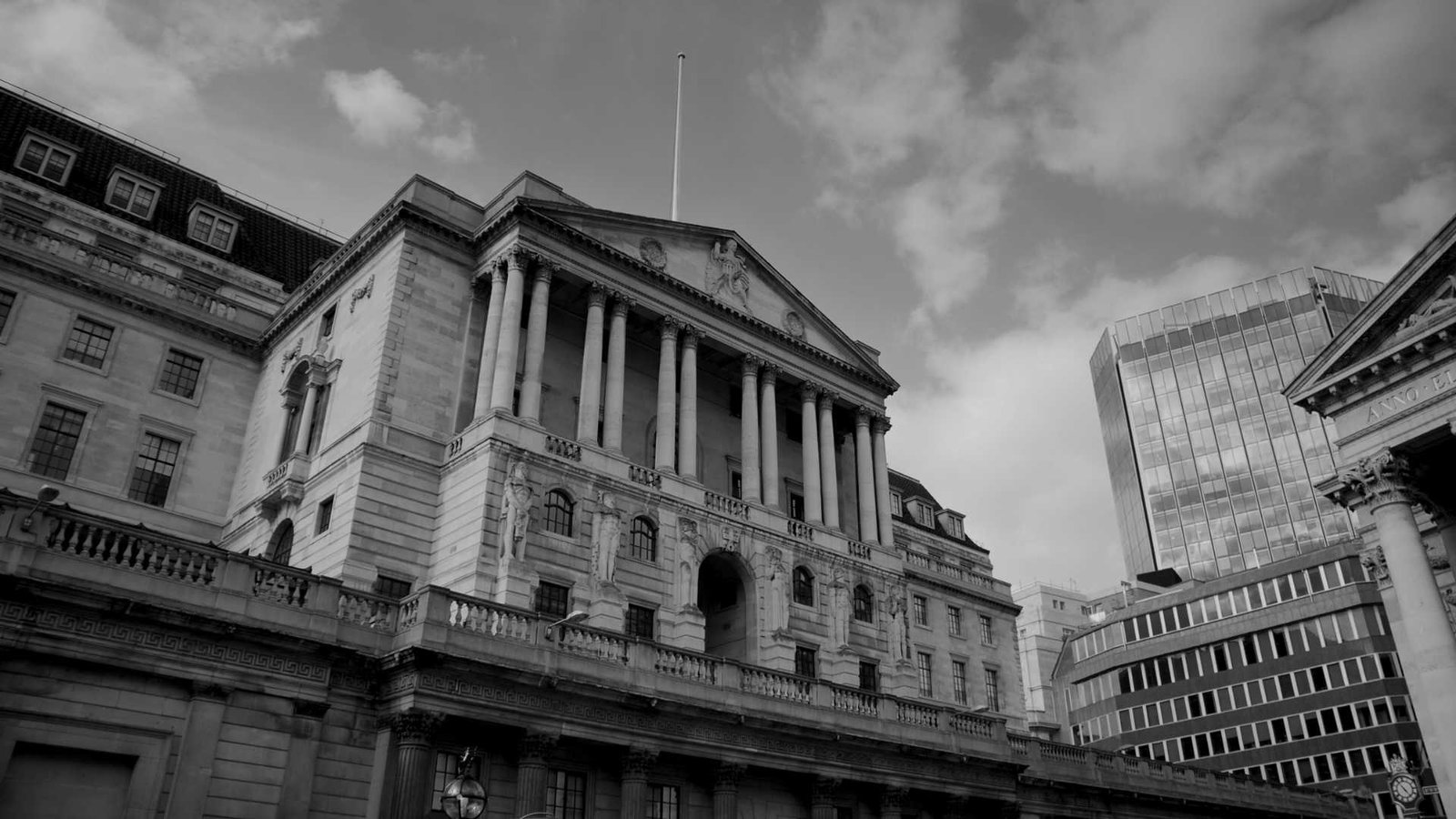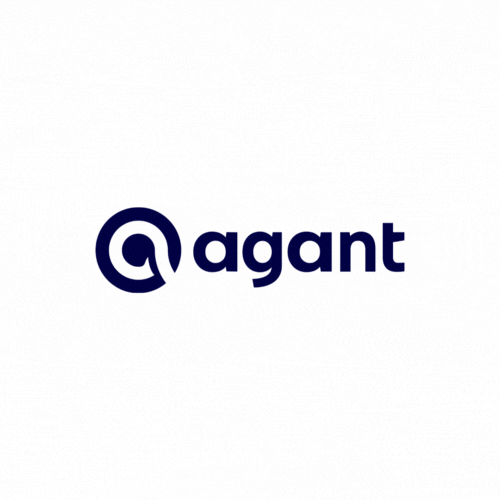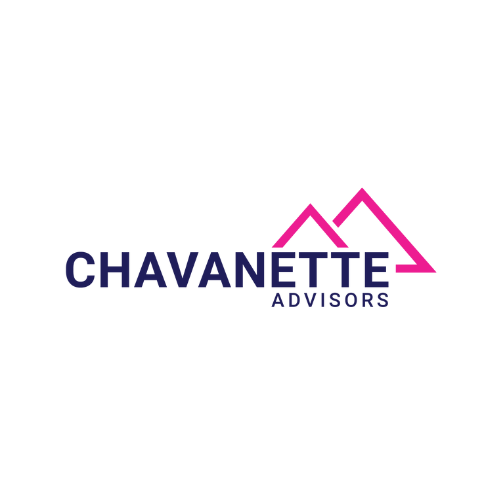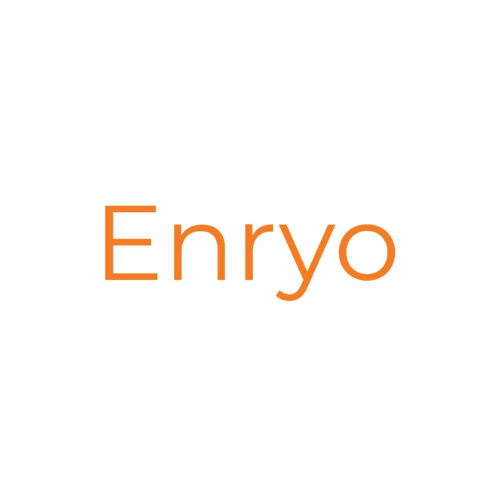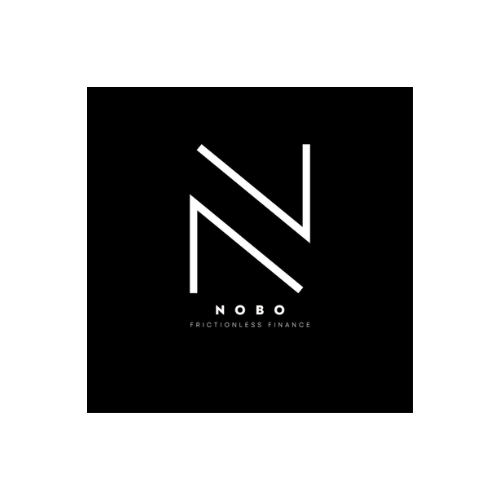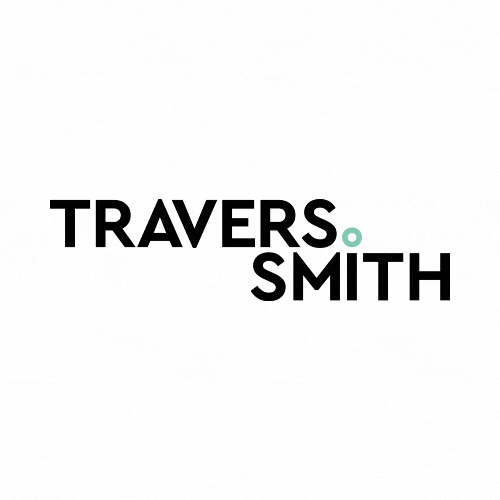BBVA, the Spanish banking giant, is preparing to enter the stablecoin market, with plans to launch its own digital asset in 2025, supported by Visa. According to Francisco Maroto, BBVA’s head of digital assets and blockchain, the bank is currently participating in a new Visa programme designed to help firms develop their own tokenised assets. Maroto revealed in an interview with Fortune that the project is currently in the sandbox phase, with aspirations to move to the prototype phase and live activity within the next year.
The bank has not yet finalised whether its stablecoin will be backed by deposits, money market funds, or fiat currencies like the euro or U.S. dollar. However, Maroto indicated that the stablecoin is intended to serve as a settlement layer on exchanges. BBVA has been involved in the digital asset sector since 2014, and the forthcoming stablecoin initiative is viewed as a strategic step to capitalise on the rising trend of asset tokenisation, including real estate and private credit funds. Maroto emphasised the transformative potential of blockchain in changing how digital value is exchanged and impacting the wider financial system.
Stablecoins represent a broad category within the cryptocurrency space, encompassing assets designed to maintain a stable value, often backed by reserves such as fiat currencies, commodities, or other cryptocurrencies. Although stablecoins have been around for a decade, dollar-backed options like USDC and Tether have gained significant popularity recently, generating substantial profits through yields on underlying assets such as U.S. Treasuries. Traditional finance players have also started to join this competitive landscape, with PayPal launching its PYUSD stablecoin in August 2023. Additionally, various overseas offerings are providing yields to their customers, a practice that remains restricted in the U.S. due to ongoing regulatory uncertainty.
Visa recently introduced a new product allowing financial institutions, including banks, to create their own stablecoins, which Visa refers to as fiat-backed tokens. Banks participating in this programme will have the flexibility to choose the reserve asset, ranging from fiat currencies to deposits. Initially, these tokens will operate exclusively within the bank’s own ecosystem. However, Cuy Sheffield, Visa’s head of crypto, disclosed plans to enable interoperability between different institutions in the future, aiming to mimic the universal compatibility seen with stablecoins like USDC across multiple blockchains.
Maroto explained that BBVA opted to collaborate with Visa rather than using an existing stablecoin because of Visa’s established brand and strong regulatory compliance. As one of the early adopters of this new product, BBVA benefits from operating primarily in Europe, where recent regulations provide a clear framework for stablecoin oversight. The bank is likely to develop its stablecoin around the euro, aligning with its European market focus. It is anticipated that the stablecoin will facilitate settlement on exchanges offering tokenised assets, with BBVA managing the minting and burning processes that convert fiat currency into crypto assets.
While BBVA aims to begin live testing in the coming year, Maroto clarified that the U.S. market is not part of its immediate plans. Currently, BBVA offers Bitcoin, Ethereum, and USDC custody and trading services in Switzerland, targeting private banking and institutional clients, with plans to expand into Turkey.
